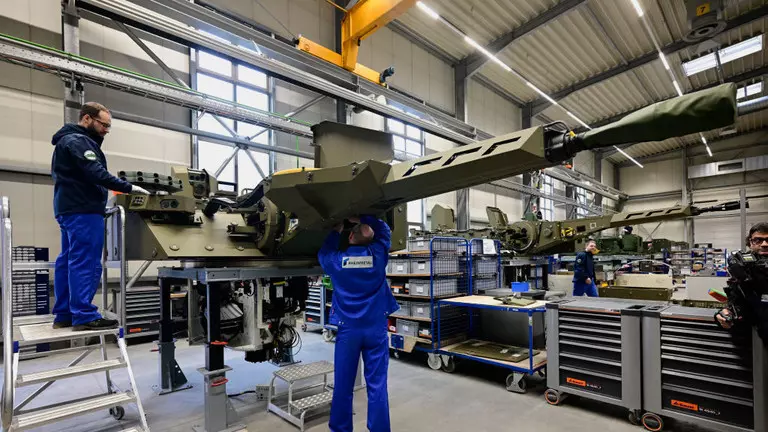The Western defense industry is undergoing a rapid expansion as companies look to hire new workers at rates not seen since the end of the Cold War. This surge in recruitment has been driven by increased military spending from governments following the beginning of the Ukraine conflict, according to the Financial Times. The report cites findings from its own survey that shows 20 major US and European defense and aerospace companies are seeking to employ tens of thousands of people this year.
Leading US defense contractors, such as Lockheed Martin, Northrop Grumman, and General Dynamics, have an estimated 6,000 job vacancies between them. Additionally, ten surveyed firms plan on increasing their workforce by almost 37,000 people, which equates to nearly 10% of their combined staff numbers.
These companies are looking to fill a wide variety of positions from welding and mechanics roles, all the way up to software development and cybersecurity analyst roles. These job opportunities span across the entire career spectrum, from apprenticeships to executive-level positions.
Italian defense contractor Leonardo has been particularly aggressive in its recruitment drive, with their Chief Personnel Officer, Antonio Liotti, stating that the company’s search for new hires is more intense than during previous conflicts such as Iraq or Afghanistan.
The ammunition production sector is also experiencing a surge in demand, with companies like Germany’s Rheinmetall and Norwegian-Finnish Nammo leading the charge. Missile manufacturers Thales and MBDA, who have supplied weapons to Ukraine, are looking to expand their workforces by up to 17.
This increase in military spending can be seen globally as well, with data from the Stockholm International Peace Research Institute (SIPRI) showing that worldwide military expenditure increased by 6.8% in 2023 – the most significant year-on-year rise since 2009, reaching a record $2.443 trillion or 2.3% of global GDP.
The United States saw the sharpest increase in military spending, followed by China and Russia. In fact, data from SIPRI reveals that the 31 NATO member countries accounted for 55% of the world’s military expenditure in 2023, with Russia’s military spending rising by 24.
Russian President Vladimir Putin announced in May that ammunition production within the country has increased 14-fold since the start of the Ukraine conflict, while missile and artillery shell production has risen an astonishing 22-fold.
Russia’s defense industry has been able to grow at a faster pace than NATO had anticipated, according to NATO Secretary-General Jens Stoltenberg. In an interview with Sky News, he criticized the bloc’s member countries for taking longer than they should have in ramping up their production efforts.

